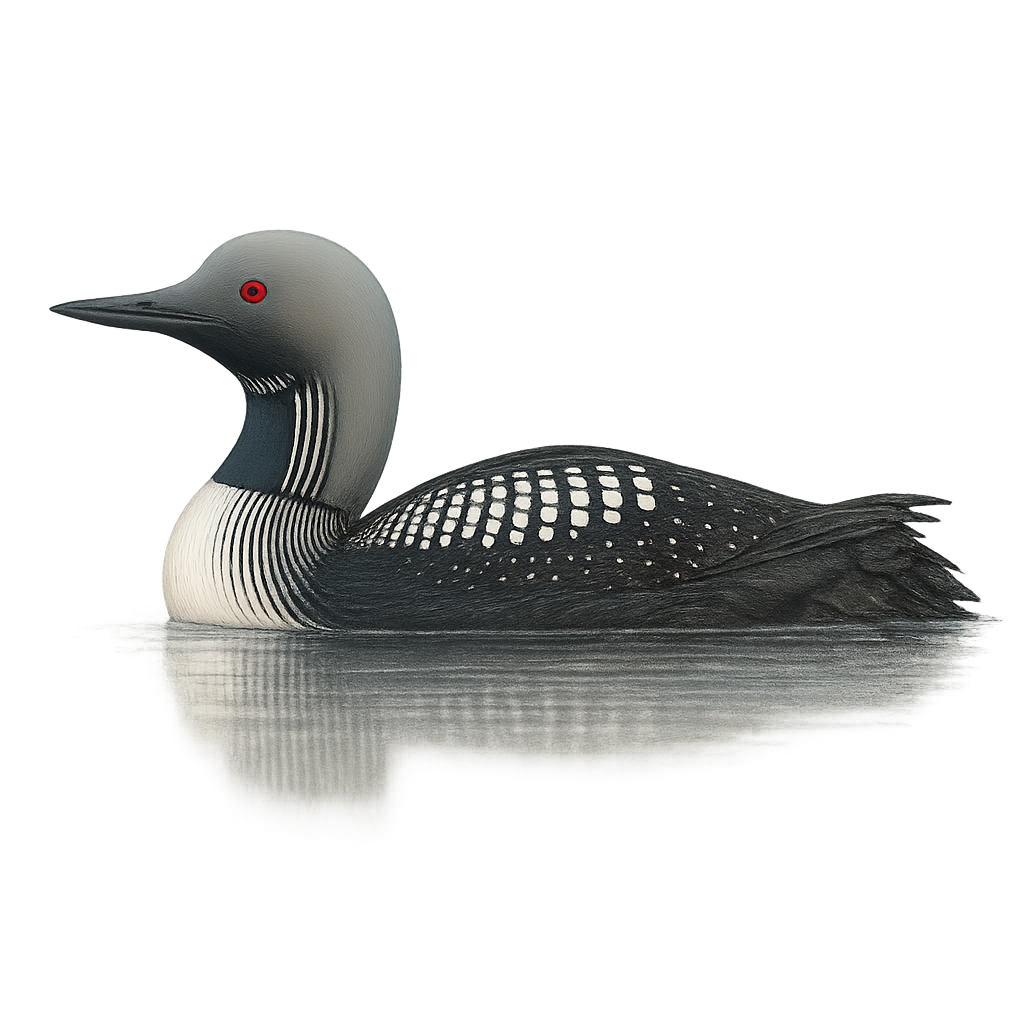Your wildlife photography guide.
Explore the pacific loon in detail, study its behavior, prepare your shots.
Where to observe and photograph the pacific loon in the wild
Learn where and when to spot the pacific loon in the wild, how to identify the species based on distinctive features, and what natural environments it inhabits. The WildlifePhotographer app offers tailored photography tips that reflect the pacific loon’s behavior, helping you capture better wildlife images. Explore the full species profile for key information including description, habitat, active periods, and approach techniques.
Pacific Loon
Scientific name: Gavia pacifica

IUCN Status: Least Concern
Family: GAVIIDAE
Group: Birds
Sensitivity to human approach: Suspicious
Minimum approach distance: 30 m
Courtship display: May to June
Incubation: 24-29 jours
Hatchings: June to July
Habitat:
Lakes, coasts, seas, estuaries
Activity period :
Primarily active during the day, with peak activity in the morning and late afternoon.
Identification and description:
The Pacific Loon, or Gavia pacifica, is an elegant and graceful aquatic bird often seen in coastal waters and lakes of northern America. Its plumage is primarily silvery gray with a white belly, and it features a black head and neck with a distinctive white band. During the breeding season, it migrates to Arctic regions to nest. This bird is an excellent diver, capable of staying underwater for several minutes to hunt fish and crustaceans. Its melodious and plaintive call is often heard at dusk, adding a mystical ambiance to northern landscapes. Although generally solitary, it can be seen in small groups during migrations.
Recommended lens:
400mm – adjust based on distance, desired framing (portrait or habitat), and approach conditions.
Photography tips:
To photograph the Pacific Loon, it is advisable to use a telephoto lens of at least 400mm to capture precise details without disturbing the bird. Look for observation points near lakes or coasts where these birds feed. Morning or late afternoon provides beautiful soft light that highlights their plumage. Be patient and discreet, as these birds can be suspicious. Use a tripod to stabilize your camera and achieve sharp images, especially when shooting from a distance.
The WildlifePhotographer App is coming soon!
Be the first to explore the best nature spots, track rutting seasons, log your observations, and observe more wildlife.
Already 1 439 wildlife lovers subscribed worldwide

